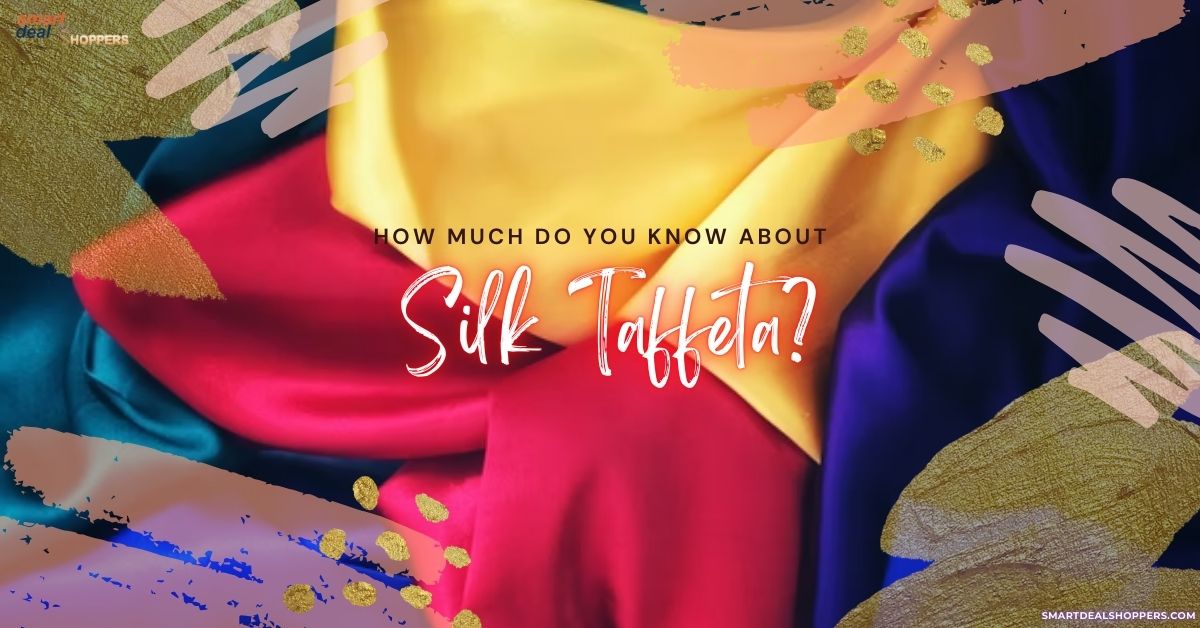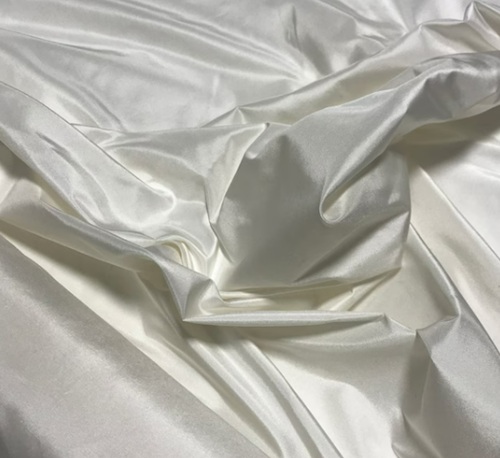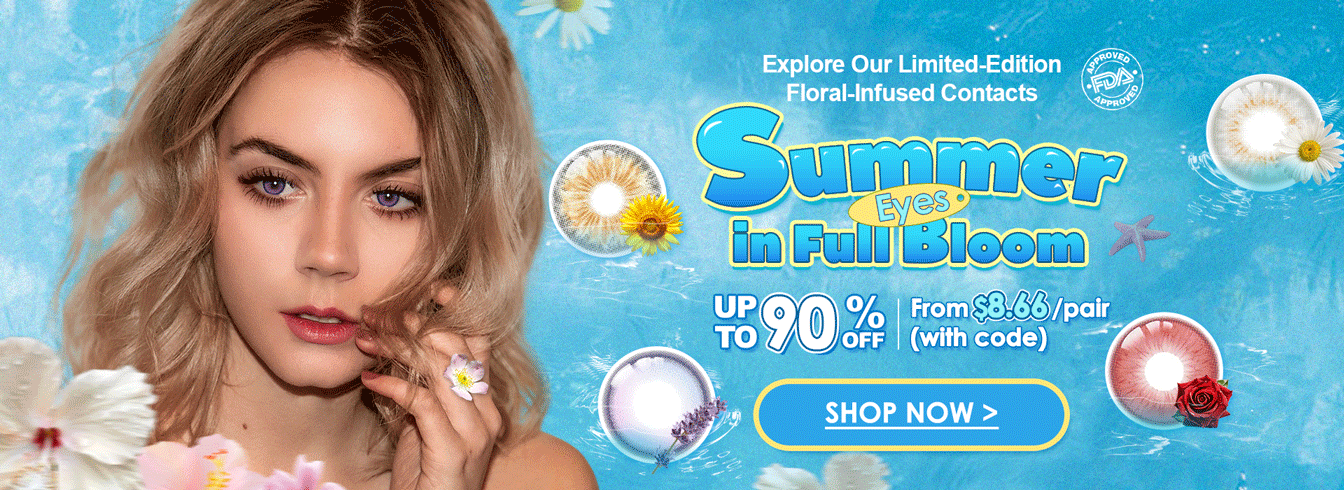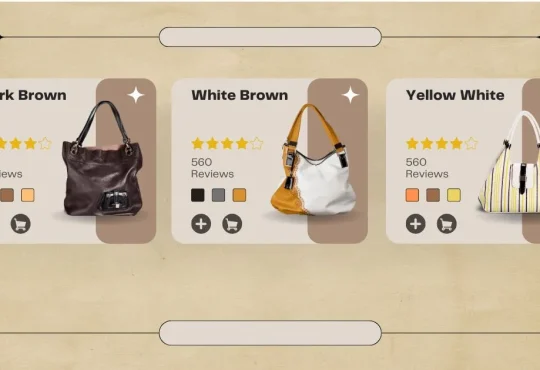
If you’ve ever walked into a room and heard a dress whispering as its wearer moved, chances are you’ve just met silk taffeta. Crisp, rustling, and glamorous, this fabric has been dressing queens, brides, Hollywood icons, and red-carpet stars for centuries. Its unmistakable sheen and luxurious texture make it one of the most captivating fabrics ever woven.
But silk taffeta is more than just a pretty fabric—it’s a survivor. From its origins in ancient Persia to its starring role in Marie Antoinette’s ball gowns, to 21st-century bridal boutiques and fashion runways, taffeta has been quietly shaping fashion history. Even the very first hot air balloon was stitched together from panels of taffeta!
So, how did this shimmering, rustling wonder come to be? And why does it still matter today? Let’s dive deep into the story of silk taffeta—the fabric that has ruled weddings, operas, and even space-age experiments.
What Is Silk Taffeta?
Silk taffeta is a plain-woven fabric known for its crisp hand feel, subtle sheen, and the signature rustling sound it makes when it moves—called scroop. Traditionally made from silk threads, taffeta can now also be woven from synthetic fibers like polyester, nylon, rayon, or acetate.

The name comes from the Persian word “taftah”, meaning twisted or woven, reflecting the tightly twisted yarns that give it both body and shine. By the 12th century, taffeta was already being woven in the Middle East and traded widely across Europe, where it quickly became associated with wealth and elegance.
Today, while synthetic taffetas dominate mass production, pure silk taffeta remains the crown jewel—still prized for couture gowns, luxury home décor, and cultural costumes.
How Is Silk Taffeta Made?
At first glance, taffeta looks simple. But the magic is in its weave. It’s crafted using a plain weave, the oldest and most basic textile technique, where one thread goes over and under another in a tight checkerboard pattern.
What sets taffeta apart is the use of highly twisted threads, which add stiffness and that unmistakable rustle. Depending on the dyeing method and the finish, different types of taffeta emerge:
-
Yarn-Dyed Taffeta – Threads are dyed before weaving. The result? Crisp fabric with vivid, long-lasting color. Perfect for ball gowns and formal wear.
-
Piece-Dyed Taffeta – Woven first, then dyed. Softer and more pliable, often used for linings.
-
Shot Silk Taffeta (or changeant) – Warp threads and weft threads are dyed in contrasting colors, creating an iridescent effect that changes under the light. (Think gowns that shimmer between purple and green depending on the angle.)
-
Warp-Printed Taffeta – Warp threads are printed with designs before weaving. Popular in 18th-century France, this created stunning patterned fabrics known as “Pompadour taffeta.”
-
Paper Taffeta – Ultra-thin and light, with a delicate papery feel. Mostly decorative.
Fun fact: The Montgolfier brothers’ first hot air balloon in 1782 was made of taffeta coated with varnish. Imagine flying into the sky wrapped in shimmering silk!
The Sensory Experience of Taffeta
Taffeta is loved not just for how it looks, but also for how it feels and sounds.
-
Crispness: Taffeta is firm and structured—perfect for creating gowns that hold shape.
-
Sheen: Light bounces off silk fibers like tiny prisms, giving taffeta a soft glow.
-
Smoothness: The plain weave gives a glassy, even surface.
-
Scroop (Rustle): That luxurious rustling sound when two layers brush against each other—it’s a trademark of quality taffeta.
-
Color Depth: Especially in shot silk versions, colors shift and shimmer as you move.
If satin feels like liquid against the skin, taffeta feels like music and sculpture rolled into one.
The Glamorous History of Silk Taffeta
Silk taffeta has long been associated with royalty and grandeur.
-
Middle Ages: Woven in Baghdad, it traveled the Silk Road to Europe, where it became a fabric of the wealthy.
-
Renaissance & Baroque Courts: French and Italian aristocrats adored it for structured gowns and robes.
-
18th Century: Marie Antoinette was famously dressed in voluminous taffeta gowns. The French even developed elaborate warp-printed versions for her court.
-
Victorian Era: The rustling sound of taffeta gowns became a symbol of sophistication. Women entering a ballroom could be heard before they were seen.
-
20th Century Hollywood: Think Audrey Hepburn’s iconic gowns or Elizabeth Taylor’s voluminous skirts—the drama of taffeta translated beautifully on screen.
Even today, many couture designers—Dior, Oscar de la Renta, and Carolina Herrera—continue to use silk taffeta for its dramatic yet timeless quality.
Modern Uses of Silk Taffeta (2025 Edition)
While its royal past is impressive, taffeta is far from outdated. In 2025, it’s everywhere, from luxury fashion to sustainable design.
Fashion
-
Bridal Gowns: Brides still love silk taffeta for its structure, shimmer, and timeless elegance.
-
Red-Carpet Looks: Celebrities often choose taffeta gowns because the camera loves its texture.
-
Statement Pieces: Designers now use it for skirts, jackets, and even handbags.
-
Cultural Attire: From South Asian saris to African ceremonial wear, taffeta remains part of traditional dress.
Home & Interiors
-
Drapes, curtains, table runners, and cushions—all benefit from the way taffeta reflects light.
-
Luxury wallpaper and upholstery sometimes use taffeta for a bold, textured look.
Specialty Uses
-
Parachutes: During WWII, silk taffeta was used in parachute construction before nylon replaced it.
-
Medicine: Synthetic taffeta versions have even been used in surgical gowns and medical textiles.
-
Pop Culture: Costuming for period dramas like Bridgerton often relies on silk taffeta for authenticity.
Advantages of Silk Taffeta
-
Luxurious Look and Feel – The shimmer and scroop are unmistakably high-end.
-
Structural Magic – Perfect for gowns that need volume and shape.
-
Durability – Holds up well without pilling or shrinking if cared for.
-
Color Brilliance – Takes dye beautifully, creating rich, vibrant tones.
-
Versatility – Works in fashion, décor, and specialty textiles.
Drawbacks of Silk Taffeta
-
Cost – Pure silk taffeta can be very expensive; synthetic versions are cheaper but less luxurious.
-
Difficult to Work With – Slippery, stiff, and prone to fraying when sewing.
-
Snagging – Fine silk fibers catch easily on jewelry or rough surfaces.
-
Low Stretch – Not great for body-hugging or active garments.
-
Static & Cling (synthetics) – Polyester taffeta in particular can generate static.
How to Care for Silk Taffeta
If you invest in taffeta—whether it’s a gown, curtains, or upholstery—you’ll want it to last. Here’s how:
-
Washing: For pure silk taffeta, dry cleaning is best. If washing at home, hand wash gently in cold water with a mild detergent.
-
Drying: Never wring or twist. Lay flat or hang to air dry.
-
Ironing: Use low heat and a press cloth to avoid shine marks.
-
Storage: Store in cool, dry spaces, preferably rolled or hung in garment bags to prevent creasing.
-
Handling: Use sharp sewing needles and finish seams properly to prevent fraying.
How to Spot Real Silk Taffeta
With so many synthetic copies on the market, here are a few tricks:
-
The Burn Test (for fabric swatches): Silk burns slowly and smells like burning hair. Polyester melts and smells chemical.
-
The Touch: Real silk feels cool and smooth to the touch. Polyester feels warmer and more artificial.
-
The Sheen: Silk has a soft, almost candle-like glow. Synthetics shine more harshly.
-
The Price: If it seems too cheap to be true, it’s likely synthetic.
Silk Taffeta in 2025: The Sustainable Future
Sustainability is reshaping textiles, and silk taffeta is no exception.
-
Peace Silk (Ahimsa Silk): Harvested without killing silkworms, offering cruelty-free alternatives.
-
Organic Silk: Produced without pesticides or harmful chemicals.
-
Eco-Friendly Synthetics: Some brands are experimenting with recycled polyester taffetas.
As consumers demand transparency, ethical taffeta is gaining traction in the bridal and couture industries. Imagine walking down the aisle not only in luxury but also in a fabric you know is responsibly made.
Fun Pop Culture & Lifestyle Connections
-
Tabby Cats: The striped fur of tabby cats was named after striped taffeta fabrics!
-
Audrey Hepburn: Wore taffeta in many films, most notably in Sabrina.
-
Bridgerton & Period Dramas: Taffeta gowns continue to star in costume design, making history come alive.
-
DIY & Home Crafters: In 2025, Pinterest and Etsy communities are embracing taffeta for bold DIY curtains, costumes, and table décor.
Conclusion
Silk taffeta is not just fabric—it’s drama, history, and elegance woven into every thread. From Persian looms to French palaces, from 1950s Hollywood to 2025 runways, its story is one of timeless glamour and reinvention.
Yes, it can be delicate, pricey, and tricky to sew—but when you see it shimmer under the lights or hear its iconic rustle, you realize why it’s been treasured for centuries. Whether you’re a bride, a designer, a fashion lover, or someone simply shopping for new curtains, silk taffeta connects you to a legacy of beauty and craftsmanship.
So next time you spot a shimmering gown or hear that whispering rustle in the air—you’ll know it’s not just fabric. It’s silk taffeta, carrying centuries of luxury into the present day.






